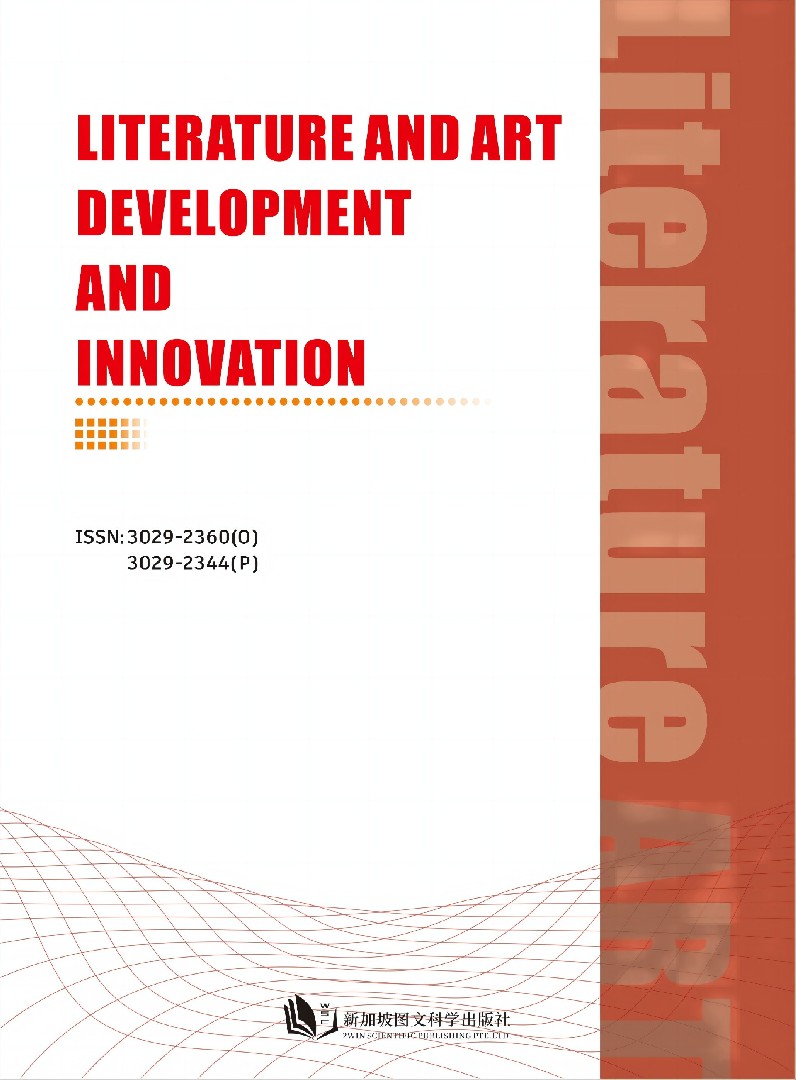作者
Ye Zeng
文章摘要
Abstract: This thesis explores the art of satire in Jonathan Swift’s renowned novel, Gulliver's Travels. Swift’s work is a classic example of satirical literature, using humor and irony to critique various aspects of society and human nature. Satire is a literary technique that employs humor, irony, and exaggeration to criticize and ridicule societal vices and shortcomings. In the novel, Swift masterfully utilizes this technique to shed light on the political landscape of the 18th century.
文章关键词
Keywords: satire, Gulliver’s Travels, social critique, culture, politics
参考文献
[1] Alkemeyer, Bryan. The Natural History of the Houyhnhnms: Noble Horses in Gulliver's Travels. The Eighteenth Century 57.1 (2016): 23-37.
[2] Ben-Tovim, Ron. Jonathan Swift and the Nature of Modern Violence. College Literature 49.1 (2022): 138-162.
[3] Deyab, Mohammad Shaaban Ahmad. An Ecocritical Reading of Jonathan Swift's Gulliver's Travels. Nature + Culture 6.3 (2011): 285-304.
[4] Fuchs, Dieter. Diogenes the Cynic, Alexander the Great, and Menippean Satire in Gulliver's Travels. Antike und Abendland 54 (2008): 65-75.
[5] Fung, Julian. Early Condensations of Gulliver's Travels: Images of Swift as Satirist in the 1720s. Studies in Philology 114.2 (2017): 395-425.
[6] Gevirtz, Karen. Gulliver's Travels. Eighteenth - Century Studies 44.4 (2011): 559-564.
[7] Hanlon, Aaron R. “Re-reading Gulliver as Quixote: Toward a Theory of Quixotic Exceptionalism” Connotations : a Journal for Critical Debate 21.2/3 (2011): 278-303.
[8] Lynall, Greg. IN RETROSPECT: Gulliver's Travels. Nature 549.7673 (2017): 454-456.
[9] Lee, Hye-Soo. Gulliver's Travels as Menippean Satire. The Explicator 76.4 (2018): 171.
[10] Lázaro-Lafuente, Alberto. The Representation of Jonathan Swift's Human and Non-human Animals in Spain. Estudios Irlandeses 15.2 (2020): 20-30.
[11] Marshall, Ashley. Gulliver, Gulliveriana, and the Problem of Swiftian Satire. Philological Quarterly 84.2 (2005): 211-239.
Full Text:
DOI
